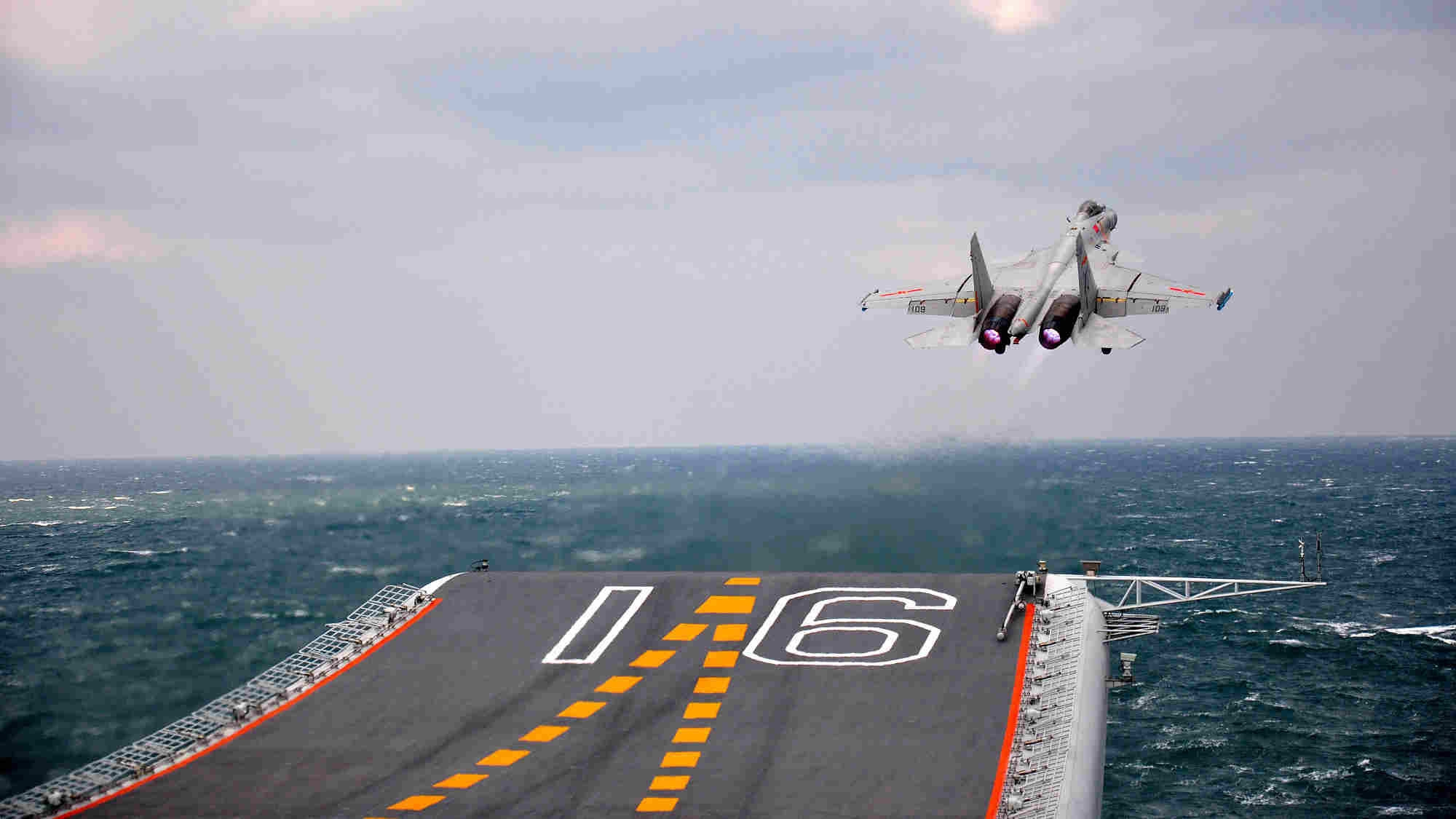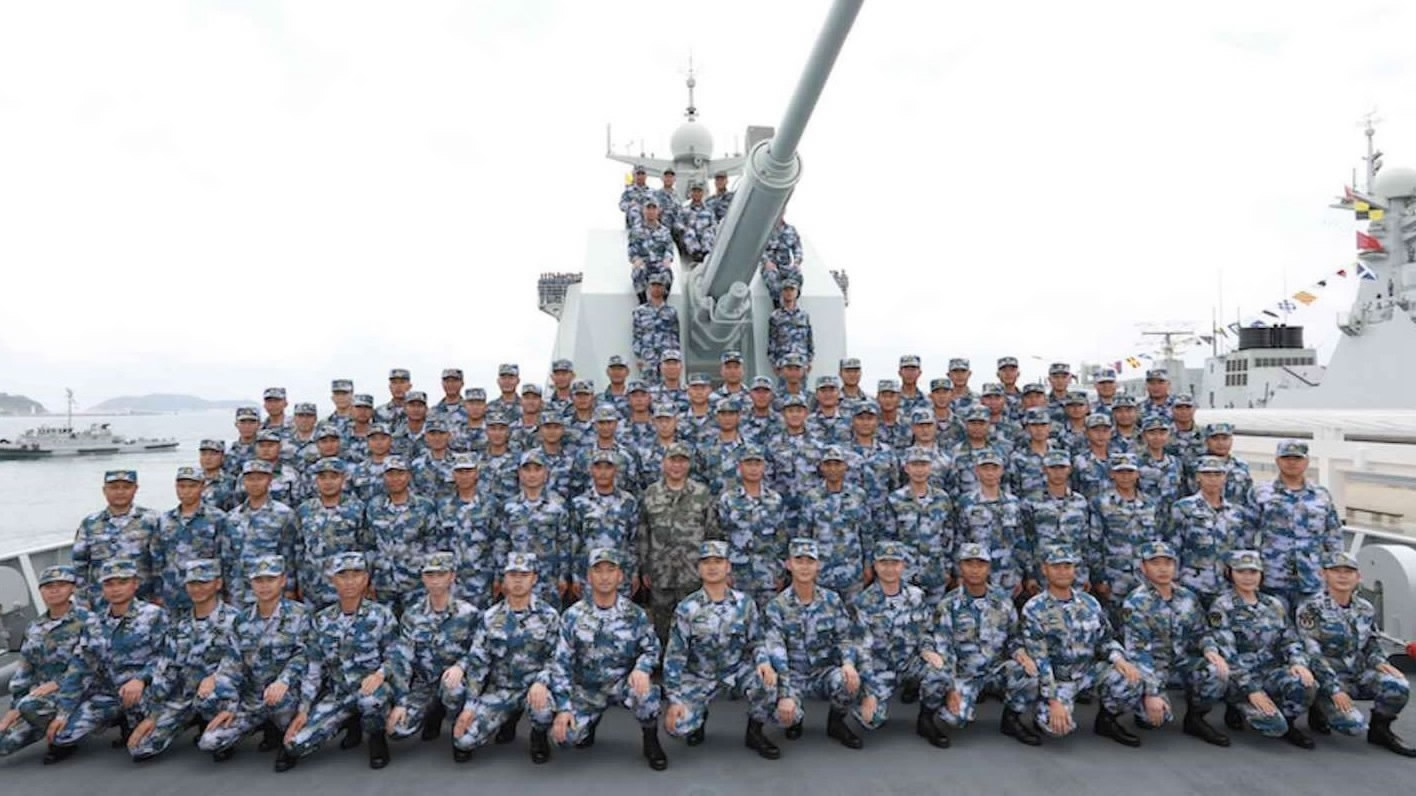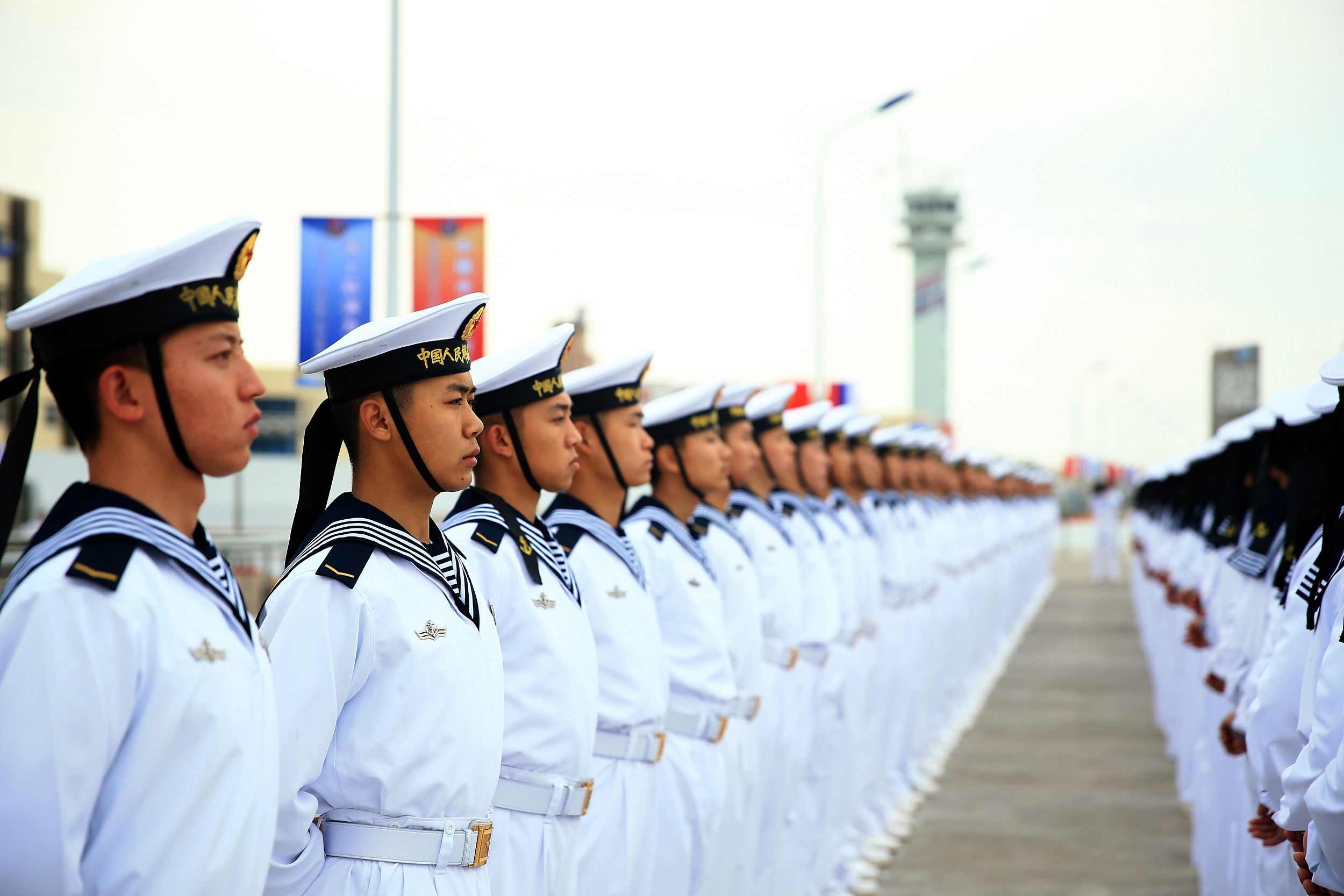
Opinion
14:53, 12-Apr-2019
The PLA Navy embraces the open sea
Updated
19:46, 12-Apr-2019
Song Tao

Editor's note: Song Tao is a research fellow at Asia Pacific Daily and a senior commentator and columnist for military TV programs. The article reflects the author's opinion, and not necessarily the views of CGTN.
In a few days, the People's Liberation Army (PLA) Navy will celebrate its 70th anniversary in Qingdao in China's eastern Shandong province. Naval delegations from more than 60 countries will take part in the grand celebration ceremony, at which the PLA Navy will display its latest achievements.
Chinese President Xi Jinping, also chairman of the Central Military Commission, said in his address at last year's military parade in the South China Sea that the PLA Navy has made great achievements by bravely venturing into the open sea and keeping up with the trend of the times.
Indeed, the PLA Navy today is taking on a new look. In 2018 alone, it has maintained the momentum of rapid development and made a number of pioneering achievements.

Chinese President Xi Jinping, also general secretary of the CPC Central Committee and chairman of the CMC, takes a group photo with PLA Navy officers and soldiers during an inspection in the South China Sea, April 12, 2018. /CCTV Photo
Chinese President Xi Jinping, also general secretary of the CPC Central Committee and chairman of the CMC, takes a group photo with PLA Navy officers and soldiers during an inspection in the South China Sea, April 12, 2018. /CCTV Photo
On May 13, 2018, one month after the South China Sea maritime parade, the first made-in-China aircraft carrier set out for its first sea trial. The aircraft carrier underwent five sea trials in the ten months since then. This high frequency indicated that it would not take long for the first homegrown aircraft carrier to begin its official service.
On August 24, 2018, China's first domestically built 10,000-ton missile destroyer also embarked on its first sea trial. The frequency of its sea trials is comparable to that of the new aircraft carrier, which means that the destroyer as an escort vessel to the aircraft carrier was likely to be delivered to the PLA Navy together with the aircraft carrier.
What is more exciting is that the PLA Navy has commissioned a batch of, instead of one or two, such destroyers. It is reported that in 2018 alone, three other destroyers of the same model were launched. This is a clear sign that the PLA Navy is speeding up its endeavor towards the open sea.
The new aircraft and the destroyer are only two examples taken from a wide array of vessels the PLA Navy is building. The year 2018 witnessed the launch and the beginning of the service of a large number of vessels, including the Type 071 amphibious transport dock, the Type 052D guided missile destroyer, the Type 054A guided missile frigate, and the Type 056A corvette.
Such a pace has been hailed by the general Chinese public as such, “For each fleet embarking on service, another is ready for its sea trial, and still another is just commissioned.” The new vessels have greatly boosted the combat capabilities of the PLA Navy and become its backbone.

Navies from China and Russia parade ahead of the Joint Sea-2014 drill in Shanghai, China, May 19, 2014. /VCG Photo
Navies from China and Russia parade ahead of the Joint Sea-2014 drill in Shanghai, China, May 19, 2014. /VCG Photo
Many of these ships that were regarded as cutting-edge a few years ago are commonplace now. Just over a decade ago, aircraft carriers and guided missile destroyers were still out of the PLA Navy's reach, as they were believed to be affordable only by the big naval powers. Now they are readily at the disposal of the PLA Navy. The change from “out of reach” to "ready at the disposal" demonstrates how rapidly the PLA Navy is developing.
In 2018, in addition to having more vessels in service, the PLA Navy has reached new levels in its scope and number of missions as well as in its commitment to safeguarding the interests of the country and the people.
Similar to its launch of new vessels, the PLA Navy's open-sea exercises and missions have also become normal: going beyond the "first island chain" has become an annual "compulsory course" for the PLA Navy, and island building in the South China Sea has made new strides.
China has become more firm in responding to the increasing practice of the so-called "freedom of navigation” of the U.S. Navy. With its resolute surveillance and expulsion operations, the PLA Navy is not afraid of and will not recoil from facing the fleets of aircraft carriers or destroyers of any enemy.
Last year is but one short episode in the history of seven decades of the PLA Navy. Over the years, the PLA Navy has been committed to safeguarding the sovereignty and interests of the country and contributing to regional and world peace and stability.
In the future, the PLA Navy will continue its pursuit of technological advance while building up field experience.
Still young in open-sea engagement, the PLA Navy is faced with new tasks and challenges in areas such as safeguarding overseas interests, coordinating different military forces and arranging open-sea logistics support. Going beyond offshore to the open sea not only represents a new height the PLA Navy has reached but a new starting point for it to go further.
(If you want to contribute and have specific expertise, please contact us at opinions@cgtn.com.)

SITEMAP
Copyright © 2018 CGTN. Beijing ICP prepared NO.16065310-3
Copyright © 2018 CGTN. Beijing ICP prepared NO.16065310-3